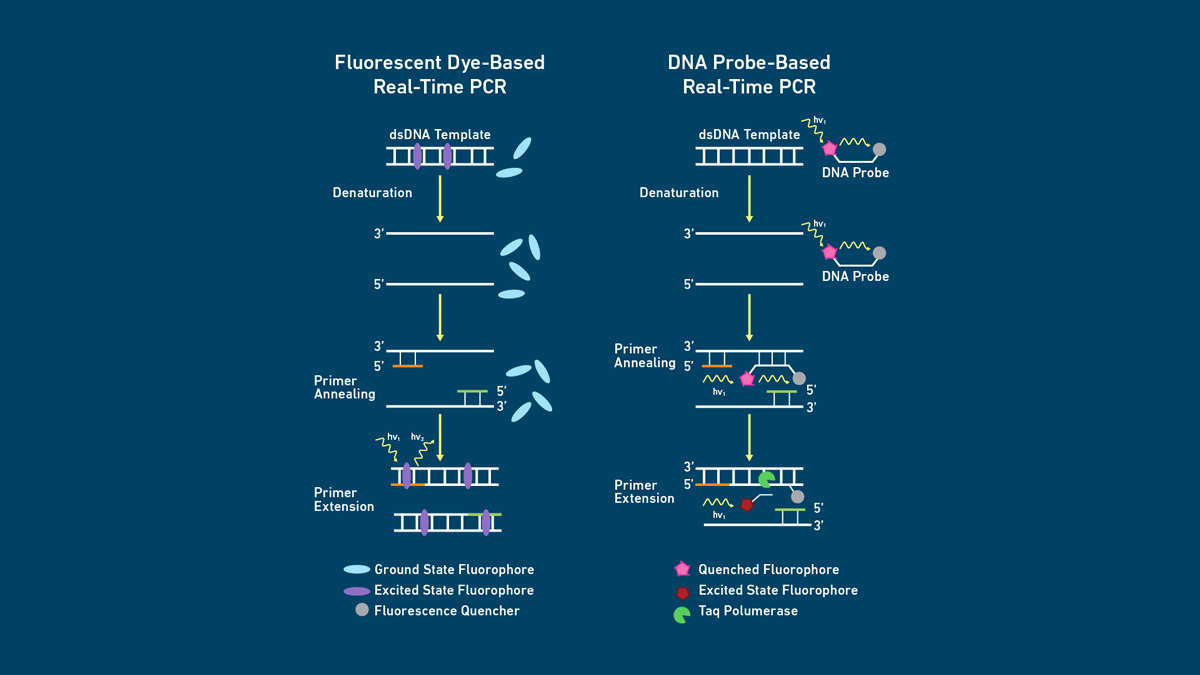Rheumatoid arthritis (RA) is a chronic inflammatory disorder that can cause significant pain and disability. Effective pain management is crucial for improving quality of life and maintaining functional ability. This comprehensive guide explores various strategies for managing RA pain, including medications, lifestyle changes, physical therapies, and alternative treatments.
More Details : What Is The Rheumatoid Arthritis
Understanding Rheumatoid Arthritis Pain
Rheumatoid arthritis causes pain primarily due to inflammation of the joints. This inflammation leads to swelling, redness, and warmth in the affected areas, resulting in joint pain and stiffness. The pain can vary in intensity and may be constant or intermittent. Managing this pain requires a multifaceted approach tailored to the individual’s specific needs and condition.
Medications for Rheumatoid Arthritis Pain
1. Nonsteroidal Anti-Inflammatory Drugs (NSAIDs)
NSAIDs are commonly used to relieve RA pain and reduce inflammation. Over-the-counter options include ibuprofen (Advil, Motrin) and naproxen (Aleve). Prescription NSAIDs are also available for more severe pain. While effective, these medications can cause side effects such as gastrointestinal issues and increased cardiovascular risk.
2. Disease-Modifying Antirheumatic Drugs (DMARDs)
DMARDs are a cornerstone in RA treatment. These medications slow disease progression and reduce inflammation, thereby alleviating pain. Common DMARDs include methotrexate, sulfasalazine, and hydroxychloroquine. It may take several weeks or months for these drugs to become fully effective.
3. Biologic Response Modifiers
Biologics are a newer class of DMARDs that target specific components of the immune system. They can be highly effective in reducing inflammation and pain for RA patients. Examples include etanercept (Enbrel), adalimumab (Humira), and infliximab (Remicade). Biologics are usually prescribed for patients who do not respond adequately to traditional DMARDs.
4. Corticosteroids
Corticosteroids, such as prednisone, are potent anti-inflammatory medications that can quickly reduce RA pain and inflammation. Due to their significant side effects, including osteoporosis and increased infection risk, they are typically used for short-term relief or in low doses.
5. Pain Relievers
Analgesics such as acetaminophen (Tylenol) can help manage RA pain. While they do not reduce inflammation, they can provide pain relief for mild to moderate pain. Opioid pain relievers may be prescribed for severe pain, but their use is limited due to the risk of dependency and other side effects.
Lifestyle Changes for Pain Management
1. Regular Exercise
Exercise is essential for maintaining joint function and overall health. Low-impact activities such as swimming, walking, and cycling can help reduce pain and improve mobility. Strength training and flexibility exercises can also support joint stability and reduce stiffness.
2. Healthy Diet
A balanced diet rich in anti-inflammatory foods can help manage RA symptoms. Incorporating omega-3 fatty acids (found in fish and flaxseeds), antioxidants (from fruits and vegetables), and whole grains can reduce inflammation and improve overall health. Avoiding processed foods, sugar, and saturated fats is also beneficial.
3. Weight Management
Maintaining a healthy weight reduces stress on the joints, particularly weight-bearing joints like the knees and hips. Weight loss can significantly decrease pain and improve mobility for RA patients.
4. Adequate Rest
Rest is crucial for managing RA pain and preventing flare-ups. Balancing activity with periods of rest helps to avoid overexertion and allows the body to recover. Ensuring adequate sleep is also important for overall health and pain management.
Physical and Occupational Therapy
1. Physical Therapy
Physical therapists can develop personalized exercise programs to improve joint function, flexibility, and strength. Techniques such as hydrotherapy, ultrasound, and hot/cold treatments can also help reduce pain and inflammation.
2. Occupational Therapy
Occupational therapists assist RA patients in adapting daily activities to reduce strain on the joints. This may include recommending assistive devices, modifying workspaces, and teaching techniques to protect joints during tasks.
Alternative and Complementary Treatments
1. Acupuncture
Acupuncture involves inserting thin needles into specific points on the body to alleviate pain. Some studies suggest that acupuncture can reduce RA pain and improve function by stimulating the body’s natural painkillers and increasing blood flow to affected areas.
2. Massage Therapy
Massage therapy can help relieve muscle tension, reduce pain, and improve circulation. Gentle massage techniques are particularly beneficial for RA patients, helping to alleviate discomfort and promote relaxation.
3. Mind-Body Techniques
Mind-body practices such as yoga, tai chi, and meditation can help manage RA pain by reducing stress and promoting relaxation. These techniques improve mental and emotional well-being, which can positively affect pain perception.
4. Herbal Supplements
Some herbal supplements, like turmeric, ginger, and green tea, have anti-inflammatory properties that may help reduce RA pain. It’s important to consult with a healthcare provider before starting any supplements, as they can interact with medications.
Surgical Options
In severe cases where joint damage is extensive, surgery may be necessary to restore function and relieve pain. Surgical options include joint replacement, tendon repair, and synovectomy (removal of the inflamed joint lining). Surgery is typically considered when other treatments have not been effective.
Conclusion
Managing rheumatoid arthritis pain requires a comprehensive approach that includes medications, lifestyle changes, physical therapy, and complementary treatments. By working closely with healthcare providers, patients can develop a personalized pain management plan that addresses their specific needs and improves their quality of life.




